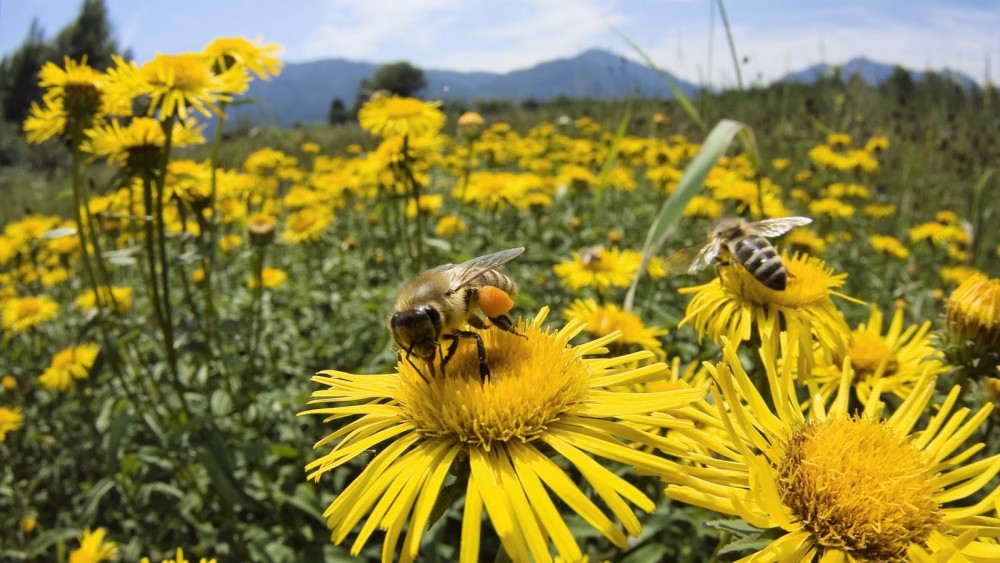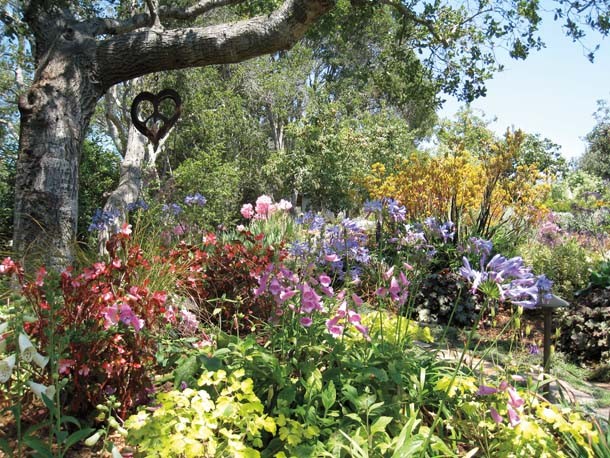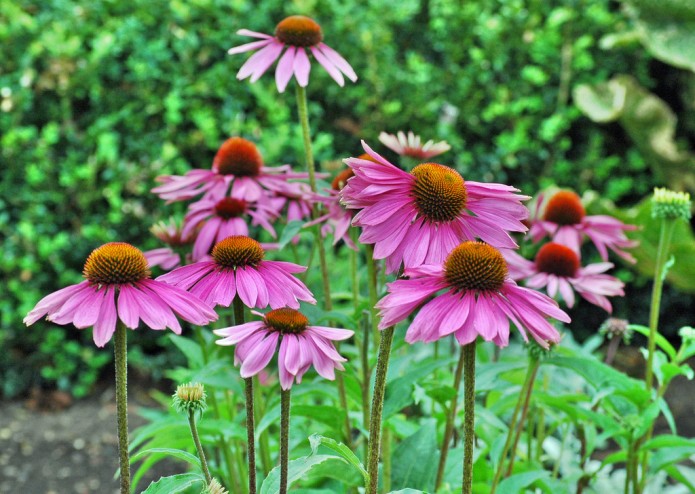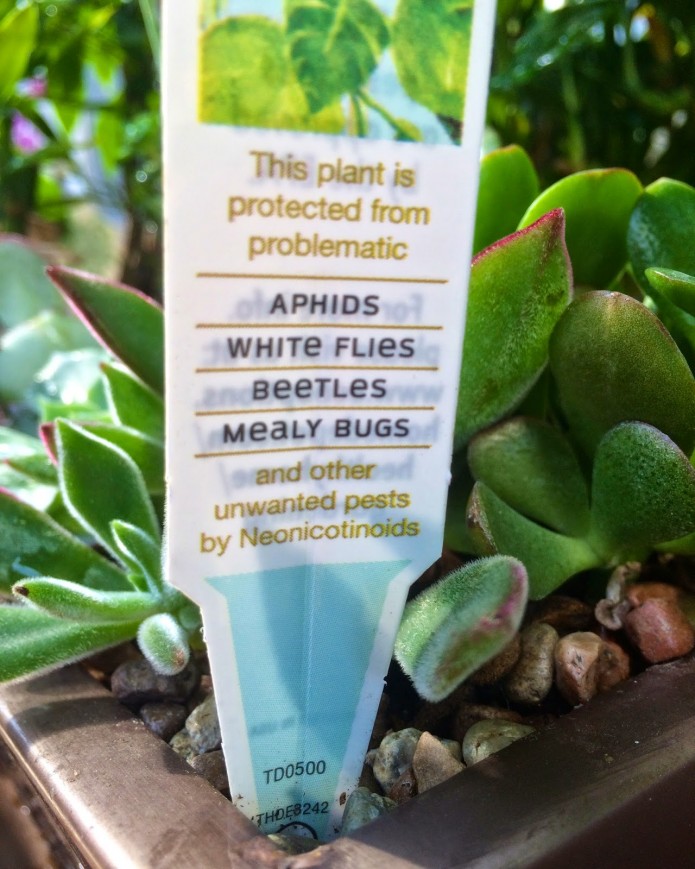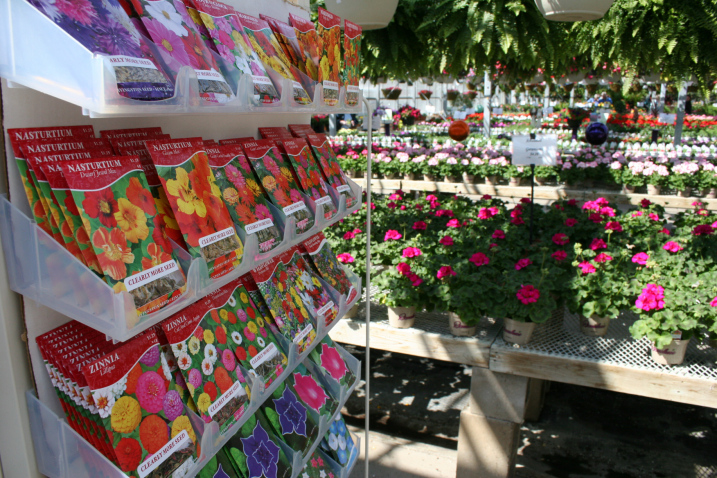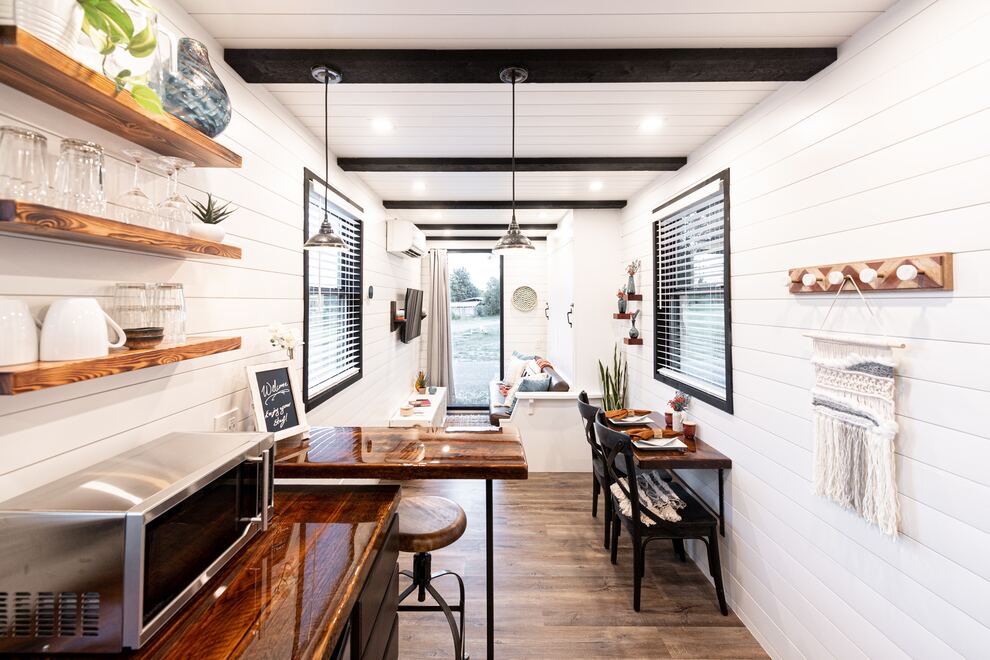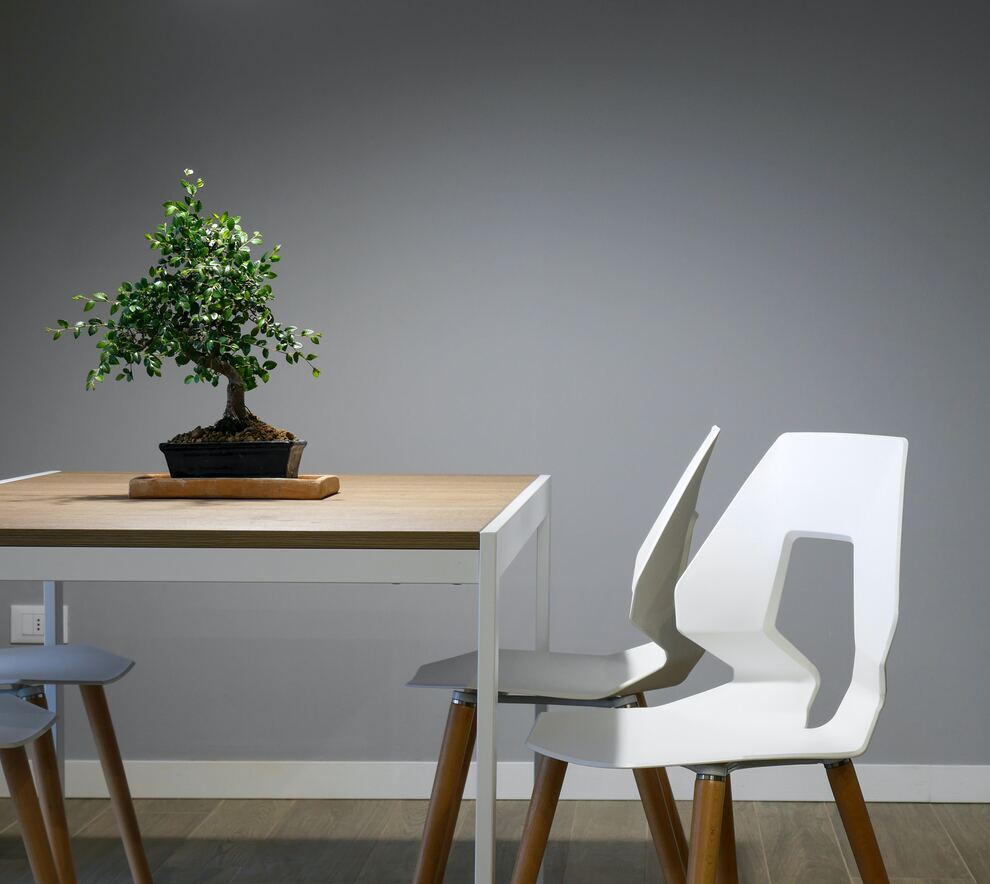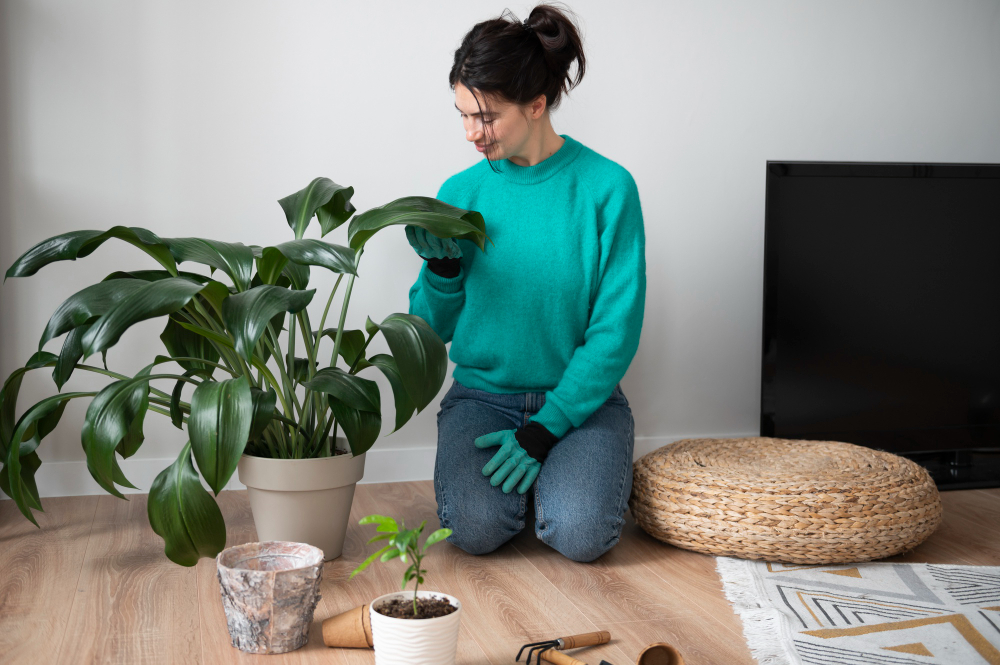Bees play an integral role in the beauty and productivity of our gardens, pollinating flowers and vegetables as they collect nectar to make tasty honey. Unfortunately, many bees are facing Colony Collapse Disorder, a mysterious sickness that’s eliminating colonies worldwide.
The good news is that you can help, and many bee-friendly flowers, shrubs, and trees will also make your space look and smell absolutely heavenly all season long. Whether your home has a huge backyard garden, a small-space terrace, or even just an urban balcony, you can easily contribute to the overall health of your neighborhood bees (and the abundance of your local honey) by planting a bee garden. Here’s how to do it.
Plant a Wide Variety
Honeybees and their young consume huge quantities of pollen. Supporting a whole bee colony requires the presence of flowers that bloom not only in the summer months, but also in the spring and fall. To support bee colonies throughout the year, plant an assortment of annual and perennial flowers, shrubs, and trees that bloom at different times. To make sure your neighborhood bees are well-fed, try some of these favorite varieties:
Annuals: Cosmos, poppy, snap dragon, sunflower, zinnia, basil, thyme, dill, squash, cucumber, tomato, and melon.
Perennials: Coneflower, hyssop, aster, sedum, foxglove, delphinium, evening primrose, and hardy herbs like mint, bee balm, and catnip.
Shrubs & Bushes: Flowering currant, daphne, hibiscus, heather, lavender, Russian sage, lilac, rhododendron, and many varieties of brambling fruit including blackberry, raspberry, and blueberry.
Trees: Pussy willow, eucalyptus, buddleia, sycamore, and fruiting trees like cherry, pear, peach, and apple.
Sometimes “Basic” is Best
Though roses, petunias, marigolds, and other flowers may be eye-catching, they are often cultivated for beauty, not to produce the pollen and nectar that bees need to survive. Steer clear of double or “ruffled” flowers, which are shaped in a way that makes it difficult for honeybees to make their way to the center of the bloom to collect nectar. It’s fine to incorporate some of these showy flowers into your garden, but also try buy plenty of single-petal varieties that offer more of what pollinating insects are looking for.
Nip Neonicotinoids in the Bud
Many plants sold at commercial garden centers are pre-treated with pest-controlling neurotoxins called neonicotinoids. While this can be a real blessing for people who wish to repel pesky aphids, whiteflies, and beetles, the pesticide unfortunately also has an adverse effect on bee colonies. Some garden centers have special labels that identify plants that have been treated with neonicotinoids, so if your goal is to feed bees, be conscious of the plants you’re buying.
It’s Okay to be Local
The best varieties of plants for local bees (and the ones most likely to survive your particular climate and area pests) will be those that thrive in your Plant Hardiness Zone. Before you plant, find out which growing zone you live in, then choose flowers and vegetables that are best suited for your region. Local nurseries often stock specialty varieties, and seeds cultivated particularly for certain hardiness zones are easily found online.
Small Space? No Problem
Just because you live in a home with limited outdoor space doesn’t mean you can’t have an envy-inspiring bee garden. Even a few well-planted pots or hanging planters can make a world of difference for bees that must travel up to three miles from their hive to find food.
Planting a bee garden is an easy and rewarding way to give back to the environment. Incorporate some of these bee-friendly plants into your garden this season, and you’ll be the bee’s knees!
Top image credit: Bay Nature
